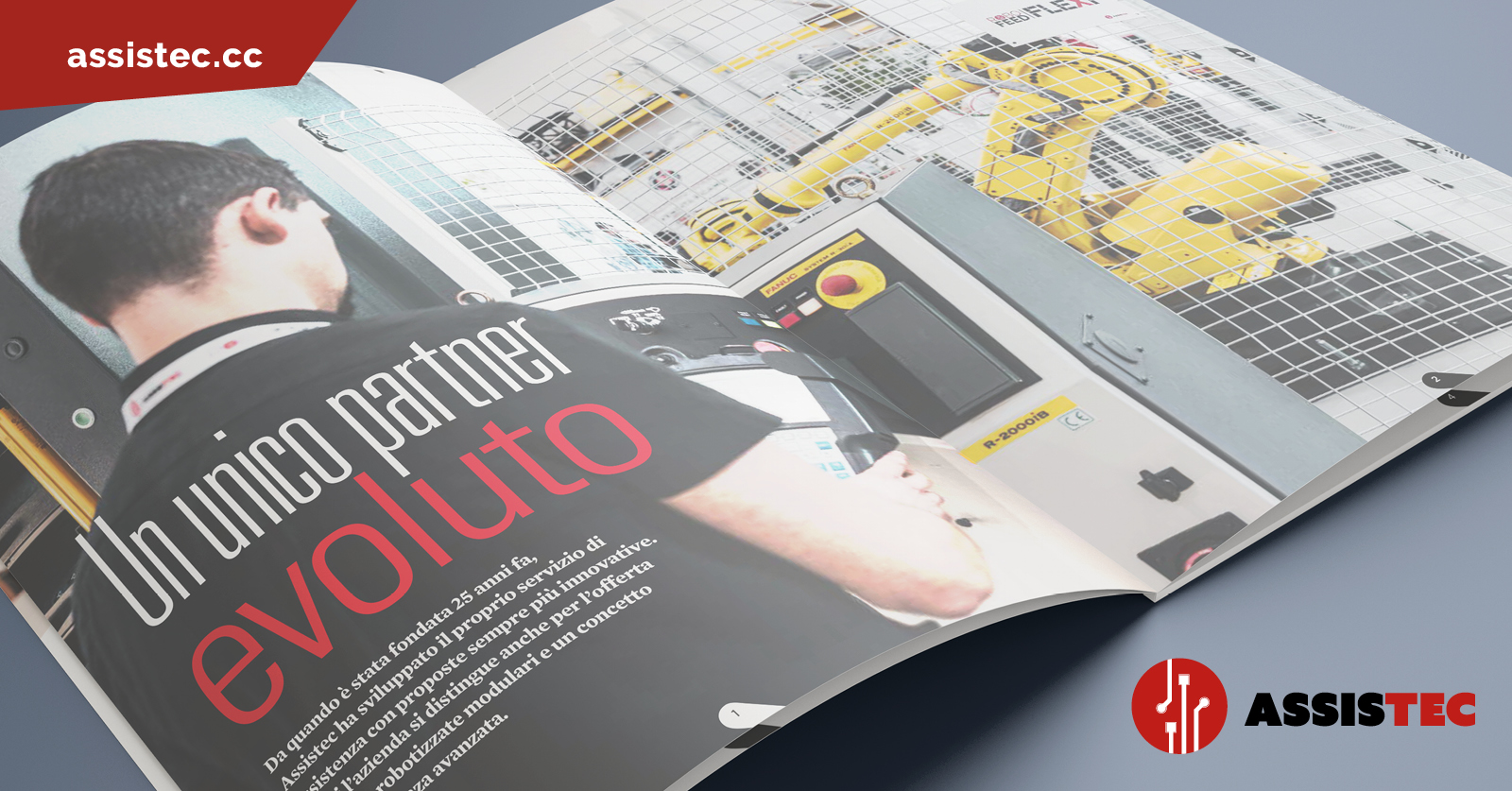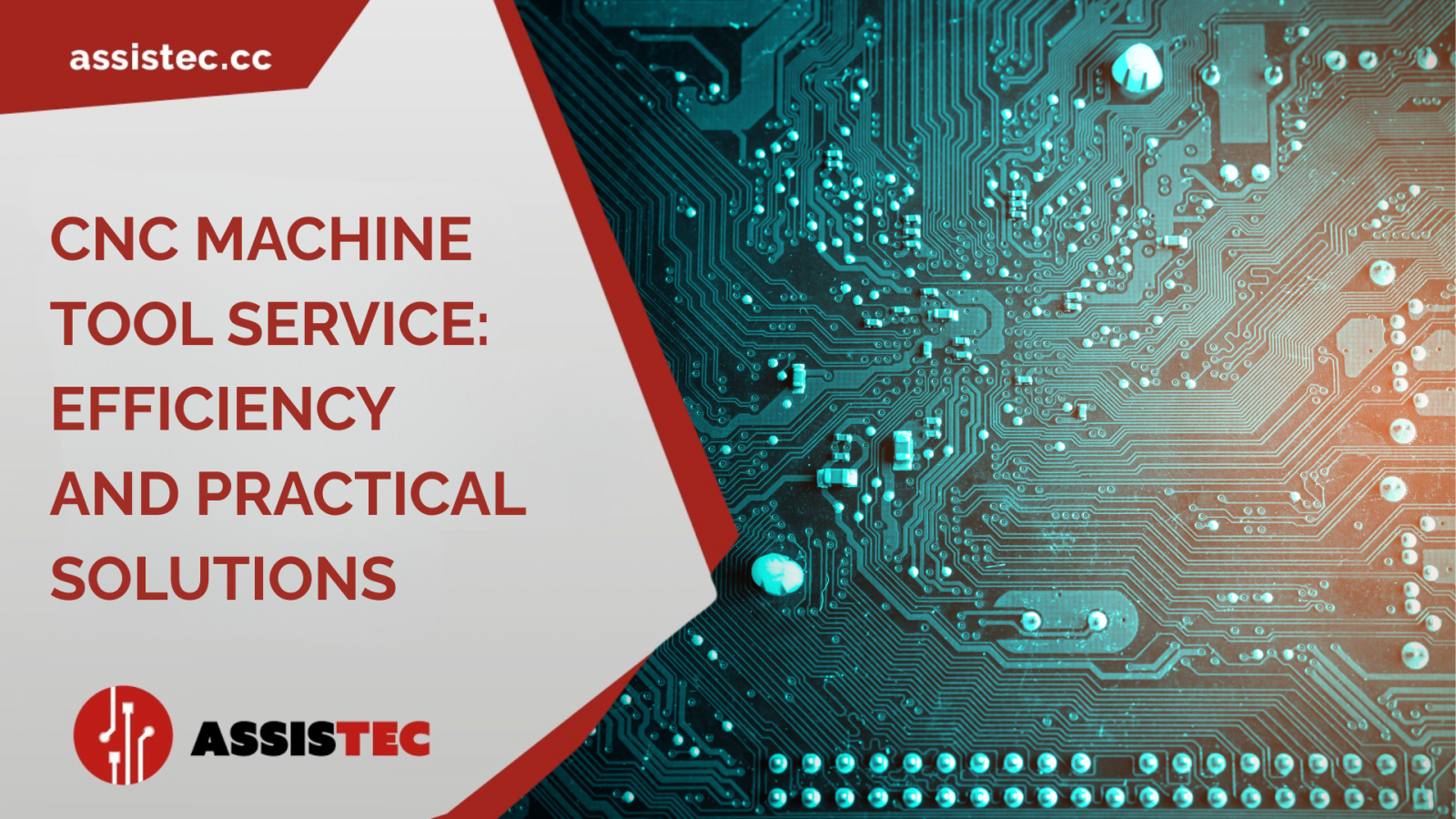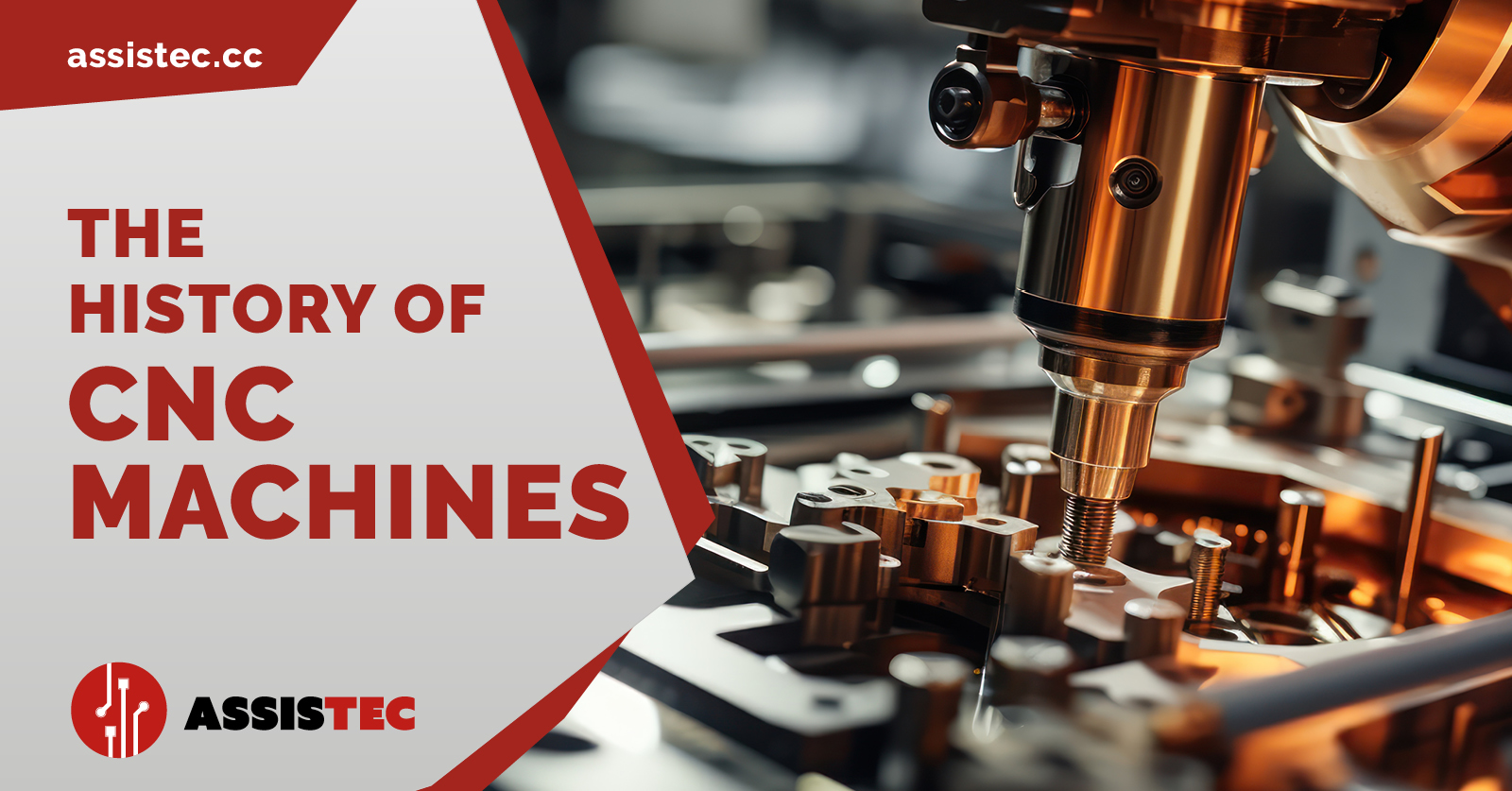We are in the new issue of TECNÈ, which has dedicated its cover story to us!


A single, evolved partner
Since it was founded 25 years ago, Assistec has developed its service offering with increasingly innovative proposals. Today, the company also stands out by offering modular robot cells and an advanced service concept
by Andrea Pagani
Evolution is the basis of adaptation and survival of species. It applies in biology as well as in economic and industrial dynamics: markets change, technologies update, companies evolve.
Antonio La Placa's story is a striking example of this evolutionary capacity: after gaining extensive experience in Germany as a FANUC technician, in 1998 he returned to Italy where he founded Assistec. Initially focused on the electronic technical support of CNC machine tools for chip removal equipped with FANUC components (numerical controls, motors, drives, power supplies, electronic boards), he soon expanded his offer with additional, increasingly advanced services.
Constant development for more demanding markets
From machine and plant repair to the construction of a dedicated workshop for electronic board repair, the step was short.
"At the time, there were already a number of services in Italy capable of repairing electronic components for industry, but all of them made some compromises with regard to customer requirements," explains Massimo Mora, Sales Manager at Assistec. "Some were really very good, but too small to offer a structured service. Others, perhaps more organised, intervened in the event of a breakdown, looking for a replacement afterwards without offering a concrete alternative to customers.
This is why Assistec thought of something different, something that would integrate the opportunities provided by a state-of-the-art laboratory and the skills of specialised personnel, all organised to complement the classic technical assistance with a repair and spare parts management service".
Spare parts that Assistec recovers, regenerates and puts back on the market with a guarantee of up to 24 months in what is fully in line with the definition of circular economy.
Today the company is growing in terms of turnover, number of employees and services offered, with specialised assistance on FANUC and Mitsubishi products and, more recently, with the inclusion of RoboFeed solutions and the creation of robot cells and processes.
From product to service
With older systems, and in general with those out of warranty, the risk of possible electrical or electronic failure increases depending on several factors: age of the components, quality of the energy supply, natural depletion of the chemistry present in certain parts, etc.
The question is not if, but when: proper maintenance can signal the onset of potential problems, but what to do when the damage is done?
"Assistec has evolved over time to respond more and more quickly and decisively," continues Mora. "The sale of repaired and remanufactured components is just the first step, which is followed by many others. In addition to supplying the component, we can add the installation service; some companies have dedicated personnel for this type of work, but most of the SMEs we serve require a turnkey solution. In addition, our spare parts warehouse has thousands of different components that can be shipped by courier and arrive at their destination within 24 hours, minimising downtime. We also offer the purchase of the faulty board: we deduct its value from the cost of the spare part and thus obtain valuable material to be repaired, tested and put back on the market with a guarantee of up to 24 months.
Interesting is the last step proposed by Assistec: a real lifetime guarantee that provides for the indefinite supply of spare parts within a service contract. Once the service has been activated, in the event of a malfunction, a replacement component will be provided at no extra cost, and the technician's intervention will be billed using the hours stipulated in the contract, purchased at subsidised rates.
"The only limitation remains the availability of IC components to repair the boards. When they become unavailable, it is time to think about an alternative solution. If we have spare parts, we usually offer them at attractive discounts but with a reduced warranty. After that, the customer can decide whether to continue using the machine until the end of its useful life, exchange it or proceed with a retrofit to replace the entire electrical and electronic system with one that is more advanced, performing and above all based on modern material. A choice that is up to the end user, but for which we can offer our support for the upgrade".
Maximum attention to customer needs
To sustain such growth it is necessary to invest in technology and, above all, personnel. Assistec has seen its workforce grow significantly in recent years thanks to the addition of dedicated technical and software development staff.
The technicians also deal directly with telephone support, a useful approach to speed up interventions.
"The people who answer the phone are not simple switchboard operators, but experts who can immediately understand the customer's problem and direct him in the most appropriate way towards a possible solution," continues Mora. "In fact, it often happens that the solution is found already at the first telephone contact. When, for example, a simple reparametering or cleaning of connectors is required, we give the appropriate indications so that the user can resume work immediately".
When carrying out on-site work, then, the practical expertise of those who are able to assess the systems in their entirety emerges. Assistec technicians are able to restore the condition of the entire electrical, electronic and mechanical system, intervening, if necessary, on all the components that require maintenance.
From automation to robot cells
Remaining on the subject of evolution, over the years our customers' service requests have increasingly expanded towards the integration of automation systems, such as the addition of options (4th and 5th axis tables) and the related adaptation for the management of software on board the machine, the automation of workpiece clamping equipment on the machine, or the interfacing of machine tools with robots.
Hence the idea of developing devices capable of making robot island technology accessible to all: RoboFeed, in its different variants, responds to this need with an offer designed to maximise flexibility on the shop floor.
Fixed or mobile, with the robot alone or equipped with additional options, RoboFeed was created to ensure the competitive advantage of automation even for those companies that, due to size, available space or investment capacity, were not able to access this technology in the past.
Given the wide demand, accessories have been developed dedicated to some of the main operations that are performed on stations of this type. Such as a deburring module, a centrifuge and blow moulding module, and even a station for workpiece timing and orientation using a vision system.
In addition to the partnership with FANUC, supplier of the robots used in the RoboFeed cells, other important partnerships have been formed: such as those with Shunck and OnRobot for high-tech actuators and gripping systems, with Cognex and Keyence for the integration of 2D/3D vision solutions, and even Bin Picking of bulk parts directly from the bin.
Such an expansion, coupled with customer demands, prompted Assistec to further develop the management and programming software to make it even simpler and more intuitive, in line with the flexibility of the RoboFeed cells.
The RoboFeed Flexi moves the bar even higher, as it combines the qualities of a robot cell with a modular and fully configurable, compact and tailor-made proposition, significantly reducing the cost of a similar product made from scratch. In this way, even customers with more demanding requirements will be able to find a solution adapted to their needs.
Today, the company also works on robot islands built by third parties, on which it carries out maintenance, upgrades, repairs or expansions.
Recent Posts

-
Assistec is your partner with over 25 years of experience in full service for CNC machine tools, offering both electronic and mechanical technical support. Our main objective is to minimise machine downtime, ensuring a rapid return to production and an efficient return on investment.
CNC electronic support services: rapid diagnosis and effective solutions
Our electronic service on CNC machine tools is characterised by a comprehensive service that begins with a thorough prior telephone diagnosis by our service department. This initial phase is crucial to quickly understand the nature of the problem. Thanks to our well-stocked electronic spare parts warehouse, we are often able to resolve the fault already during the first technical intervention.
-
MECSPE 2025 is one of Europe's leading trade fairs dedicated to innovation in the manufacturing industry. It is a crucial event for companies that want to stay up-to-date with the latest technologies, solutions and trends in the industry.
Over the years, MECSPE has helped transform artisanal processes into large-scale precision industrial systems. Today, the show serves as a meeting point for machinery manufacturers, technology suppliers, system integrators, and end users, creating an ideal environment for networking and knowledge exchange.
MECSPE is essential to discover how to automate and digitise production processes, improve efficiency, reduce costs and increase competitiveness. In this context, Assistec has decided to play a leading role once again, confirming its presence also in the 2025 edition.
-
Numerically controlled (CNC) machines represent one of the most important technological innovations of the modern industrial era.
Their ability to automate and standardise complex operations has changed the face of manufacturing, transforming craft processes into large-scale industrial precision systems.
The spread of CNC machines has made it possible to reduce human error, increase productivity and, above all, guarantee repeatability of machining operations that would otherwise have been impossible. This has proved particularly crucial in sectors where precision, efficiency and speed are vital, such as aerospace, automotive, precision engineering and medical device manufacturing.
One of the main reasons for the success of CNC machines is their ability to perform tasks with extreme precision that previously required the manual intervention of skilled workers.
With CNCs, on the other hand, once the machining has been programmed, the machine can perform an infinite sequence of operations without loss of precision, solving problems of variability and improving the quality of the finished product.
At this point, the question might arise: when did CNC machines originate and how did they reach this level of sophistication?



